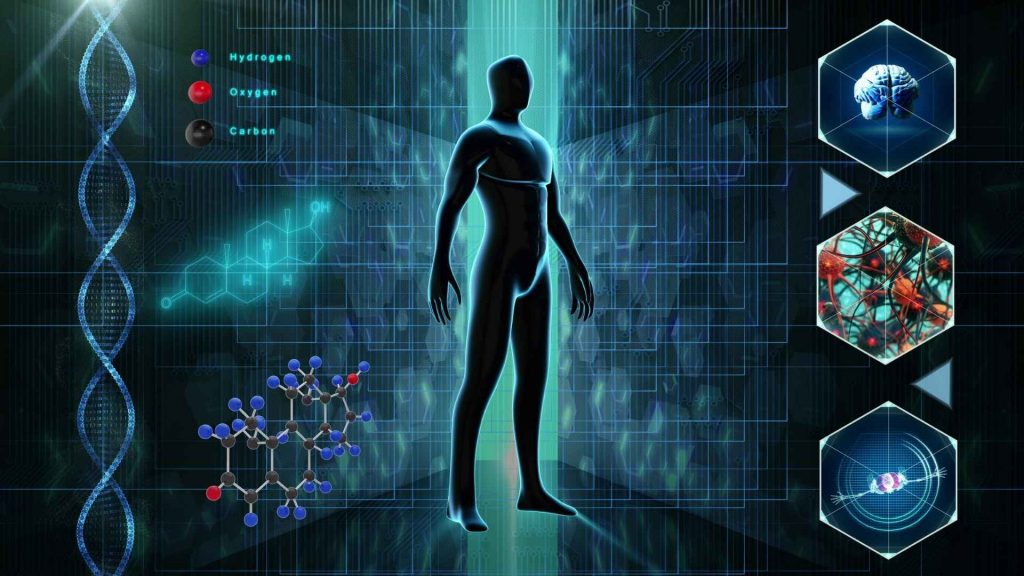Few could argue against the notion that human anatomy, the biological road-map of our existence, is fundamental to the medical profession. Yet, its significance runs deeper, not only fuelling the engine of medical education but also driving the very innovations that propel the field forward.
As our understanding of the human body's intricate architecture deepens, we're constantly discovering new intersections between anatomy and medical advancements. It's at these exciting crossroads that breakthroughs happen – sparking revolutions in treatment methods, surgical techniques, and more. This in-depth exploration reveals how our biological building blocks continue to inspire medical progress, with potentially life-changing implications for the training of both new and seasoned doctors alike.
The Significance of Human Anatomy in Medical Education
In the realm of medical education, the understanding of human anatomy holds paramount importance. This exploration of the human body, its structure, systems, and complexities, has played an integral role in the diagnosis and treatment of diseases since the dawn of medicine.
The study of the human body has transformed immensely over the centuries, shifting from primitive dissections to advanced molecular and genomic studies. This evolution has paved the way for a more profound understanding of the human body, revealing not only its physical structure but also the numerous conditions and maladies that may affect us.
Practical Applications
Human anatomy serves as the bedrock for surgery – knowing precisely where everything lies and how it's connected is essential when the margin for error is often minuscule. It has also informed medical interventions, significantly improving approaches to therapies, and treatments. A solid grasp of anatomy enhances the ability of physicians to effectively diagnose and treat conditions, underscoring its critical role in a well-rounded medical education.
Exploring the Relationship Between Body Parts and Medical Innovations
The exploration of human anatomy has spurred countless advancements in the medical field. Take, for instance, the pacemaker, a life-saving instrument tailored to the unique rhythm of the human heart. Similarly, the cochlear implant was developed as a result of in-depth studies of the human ear.
Moreover, collaborative efforts between specialists from different medical and scientific fields have paved the way for cutting-edge innovations, such as the development of artificial limbs. These prosthetics have become increasingly sophisticated, modeled after our understanding of the complex structures and functionalities of human limbs.
Our biological blueprint has stimulated thinking in unconventional ways, sparking miracles of modern surgery and treatment. We should celebrate the symbiosis between the study of the human body and medical innovation—truly a testament to the power and potential of human ingenuity. And as we continue to delve deeper into the intricacies of our physiology, who knows what future innovations lie ahead?
Advancements in Medicine Driven by Understanding the Human Body
At the heart of the medical landscape lies human anatomy, the intricate key to unlocking lifesaving breakthroughs. As our understanding of the body broadens, it paves the way for landmark advancements in medicine.
Innovative technologies and treatments inspired by human anatomy
The human body, a marvel of nature, is the muse that inspires cutting-edge medical tools and treatments. For instance, the study of cochlea in the ear led to the design of cochlear implants, rehabilitating those with severe hearing impairment. Our vast neuronal network has inspired neuroprosthetics, devices that supplement or supplant functions of the nervous system.
Revolutionary surgical techniques and precision medicine
Comprehension of human anatomy has greatly enhanced surgical precision and spawned new procedures. Examples are keyhole and robotic surgeries. Furthermore, our understanding of human genome has stirred the advent of personalized medicine, assuring treatments attuned to individual genetic makeups.
Holistic approaches to healthcare
Decoding of the human anatomy has directly fostered holistic health management, a trend preoccupied with overall wellness rather than isolated symptoms. Through studying the interplay of different body systems, physicians can offer well-rounded care that acknowledges physical, mental, and social aspects of health.
The next section will dive into how this rich knowledge of human anatomy is applied in training new generation of doctors to carry the torch of innovative patient care.
Implications for Training New Doctors on Human Anatomy
Without question, the education of physicians in human anatomy carries its weight in gold. The detailed comprehension that instills the knowledge of body parts to budding doctors, find its manifestation in the formation of a holistic medical approach and precise diagnostic skills.
Present day anatomy education must be synced with contemporary medical curricula, cultivating a habit of life-long learning within the field. Using simulation technologies for training, sculpture-esque understanding of the human body is driven into the minds of physicians-in-training. These vital tools, coupled with the incessity of anatomy education become the propelling force, pushing the boundaries of modern healthcare.
For More Info: biotechanatomy

